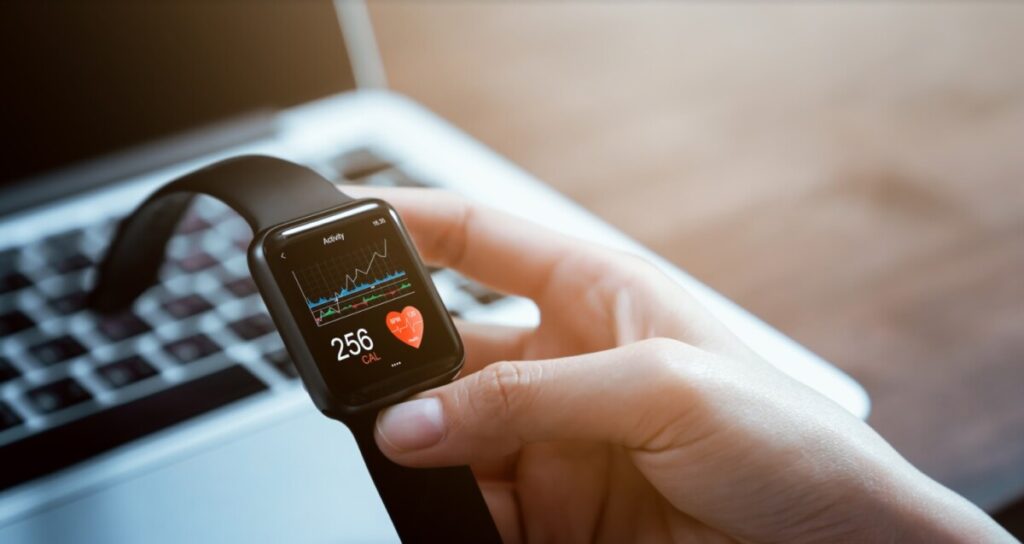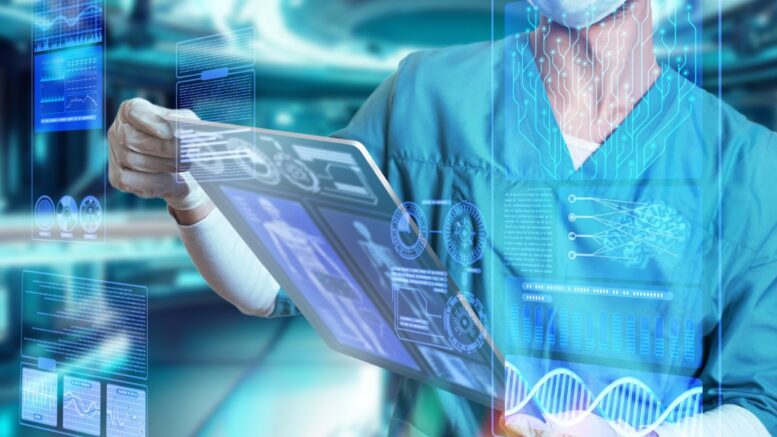Technology is rapidly changing healthcare delivery, with new innovations having a profound impact on the way doctors, nurses, and other medical professionals diagnose, treat, and monitor patients. Many healthcare institutions embrace software applications, sensors, and other digital systems to improve patient care.
Emerging technological innovations in healthcare include telehealth apps, wearable devices, artificial intelligence (AI), and three-dimensional (3D) printing. This post explains how these technological innovations impact health service delivery. Continue reading to learn more.
Augmented Reality
Augmented reality (AR) presents a computer-generated image of a user’s view of the real world in a composite view. AR can revolutionize healthcare by making healthcare administration more efficient, effective, and accessible.
Applying augmented reality in healthcare can bring enormous benefits. For example, surgeons can use AR to practice complex surgeries in a simulated environment before performing them on real patients. They can see real-time information about the patient’s anatomy to make more precise incisions and avoid damaging vital structures.
Plus, doctors can use AR to overlay medical images with annotations and measurements to identify health problems more quickly and accurately. They can use this technology to educate patients about their health conditions and treatments.
Telehealth
Telemedicine is the use of electronic communication to deliver healthcare services remotely. The healthcare services that telehealth apps can provide include consultations, diagnosis, treatment, and monitoring. This technological innovation makes it easier for patients to access care, especially those who live in rural areas or have difficulty getting to a doctor’s office due to mobility issues, disabilities, and other medical problems.
Telemedicine use among adults in the United States increased from 24.5% in 2015 to 37.0% in 2021 according to the experts from Centers for Disease Control and Prevention (CDC). This increase was driven by the COVID-19 pandemic, which led to a surge in demand for telehealth services.
Wearable Devices
Wearable devices collect data on a patient’s health, such as heart rate, sleep patterns, and activity levels. This data helps doctors, nurses, and other healthcare professionals monitor patients for chronic conditions, track their progress in rehabilitation, and encourage them to be more active.
Wearable gadgets work by collecting data from sensors built into the device. Users can transmit this data to a smartphone or computer for storage and analysis. Aside from fitness trackers and smartwatches, other wearable devices include goggles and headbands for tracking brain activity, sleep, and other health-related data.
Additionally, healthcare authorities can use location data that wearable and mobile devices generate to map disease outbreaks. With location data, authorities can track the movement of people to target public health interventions, such as vaccination campaigns or contact tracing during disease epidemics.

AI
AI has promising potential for developing new diagnostic tools, creating personalized treatment plans, and improving the efficiency of healthcare operations. For instance, AI-powered algorithms can help analyze large amounts of medical data to identify patterns human experts miss.
As another example, oncologists can use AI-powered algorithms to detect cancer cells in medical images or to predict patients at risk for developing a particular type of cancer. To add, contract research organizations (CROs) can use AI to analyze large genetic and medical data datasets to identify potential drug targets. This technology can help expedite drug development to improve prognosis and overall patient care, especially for those with life-threatening diseases.
AI is considered the backbone of robotics as well. Medical robotics utilize AI algorithms, allowing healthcare decision-makers, manufacturers, and authorities to program medical devices and equipment to follow commands and generate relevant and accurate data.
3D Printing
3D printing is a valuable technology for medical supply manufacturers. This technology can improve the quality of care for patients, reduce costs, and for patients to easily access the care they need.
3D printing in healthcare can help improve patient outcomes by making it possible to create more accurate, precise, and personalized medical devices, promoting shorter surgery times, less pain, and faster recovery times. Case in point, prosthetic manufacturers can use 3D printing to create custom prosthetics. This technology can help improve the fit and function of prosthetics for superior comfort levels when patients wear them.
Robotic Process Automation
Robotic process automation (RPA) is a software technology that allows companies to automate business processes by creating software ‘bots’ that can interact with digital systems and software. RPA bots are like virtual employees that can perform repetitive tasks 24/7 without getting tired or making mistakes.
RPA can help improve healthcare delivery by automating repetitive and time-consuming tasks, freeing healthcare workers to focus on providing direct patient care. For instance, RPA can automate the scheduling of clinic appointments and claims processing, reducing the risk of errors and improving efficiency.
Conclusion
Some of these technological innovations are still relatively new, but they have the potential to revolutionize the field of medical care. As AR technology continues to evolve, stakeholders expect to see more innovative ways to improve the quality, efficiency, and accessibility of healthcare.
